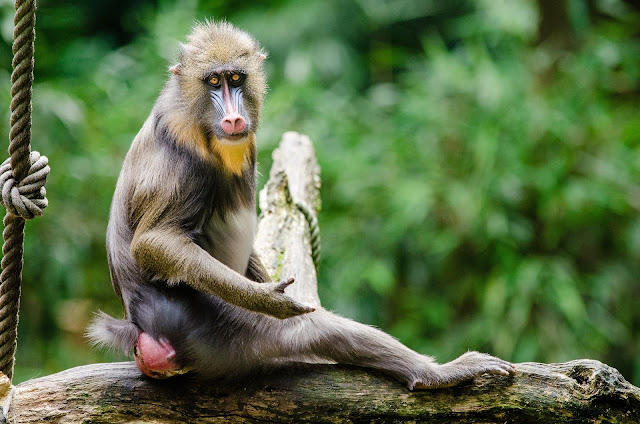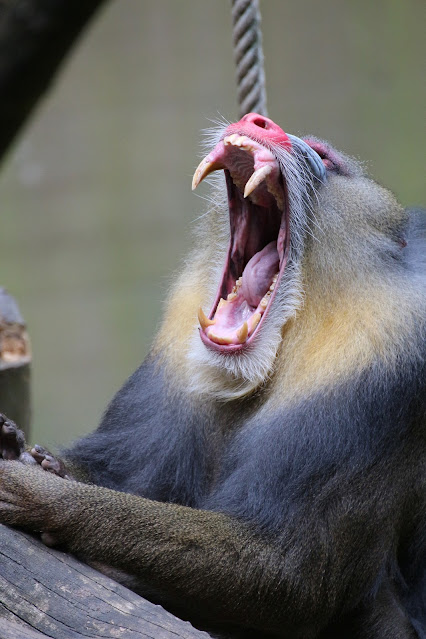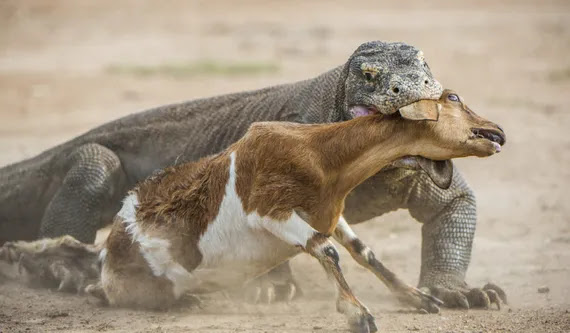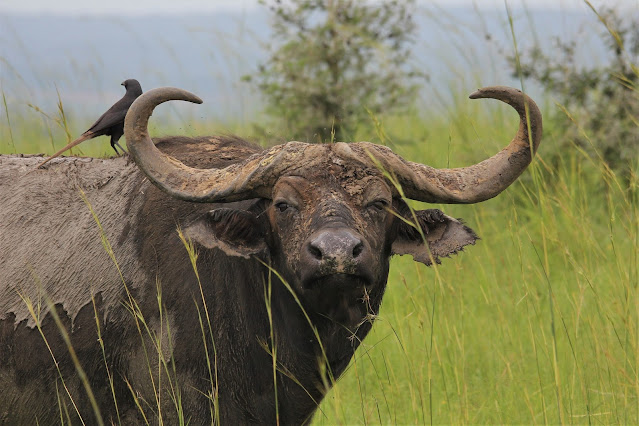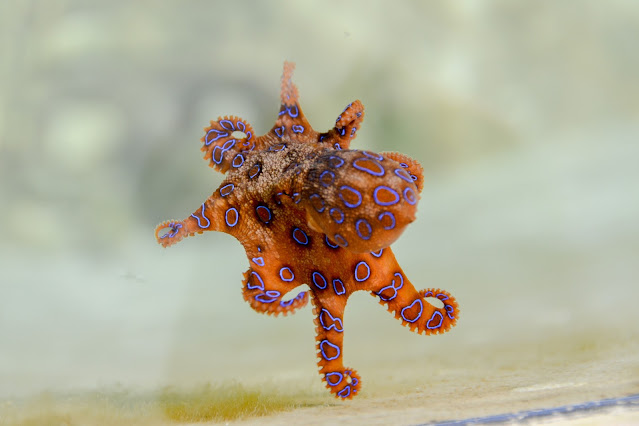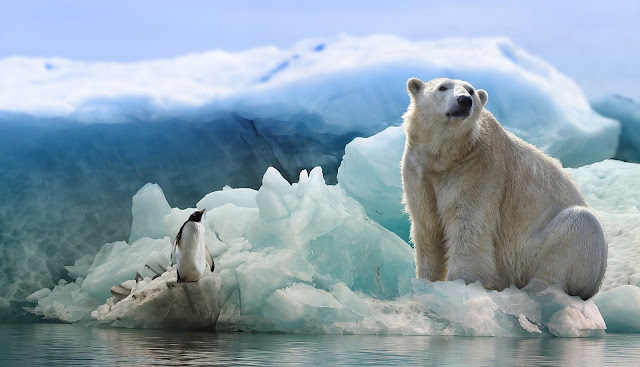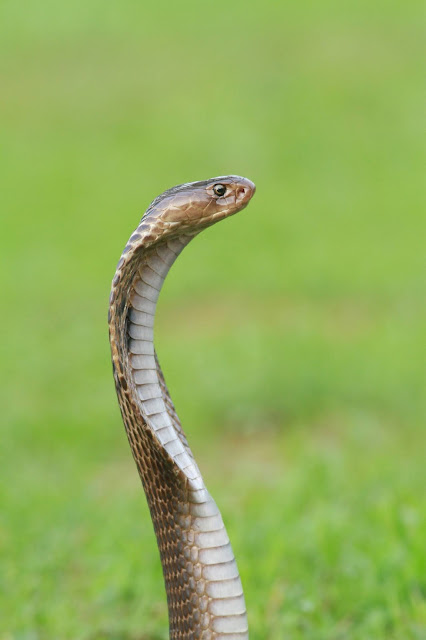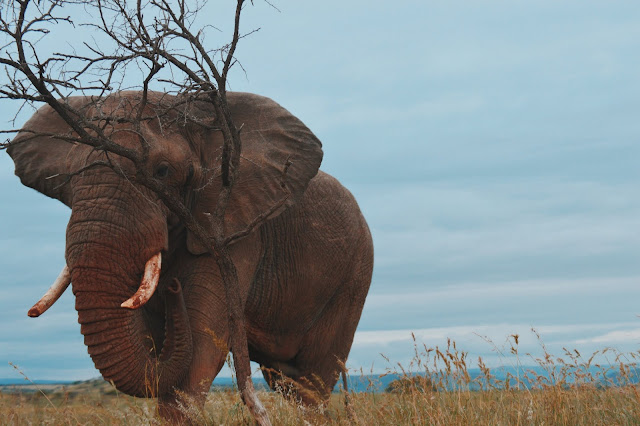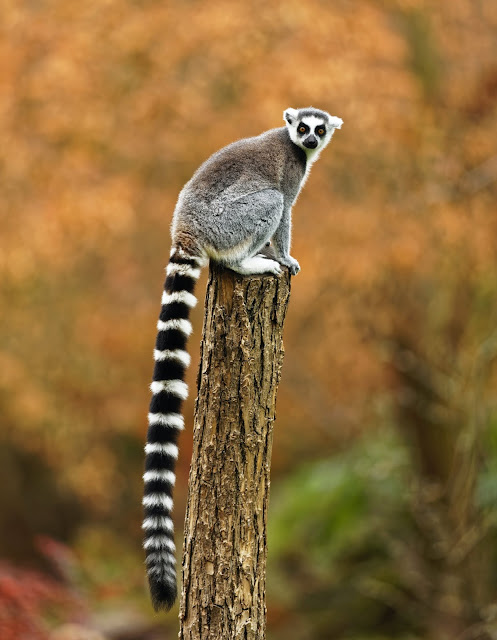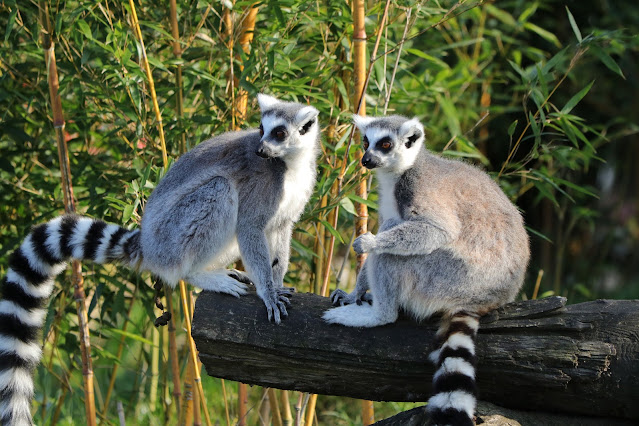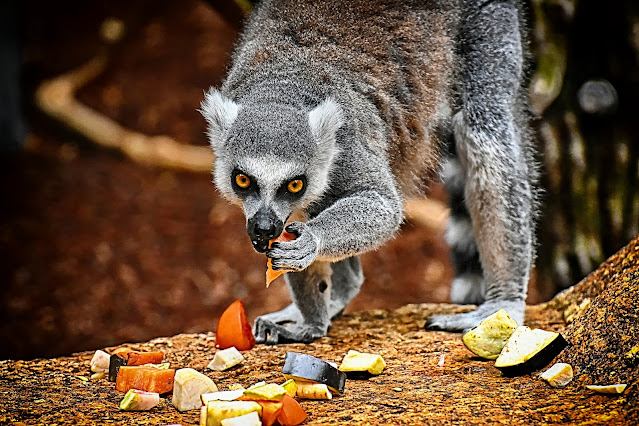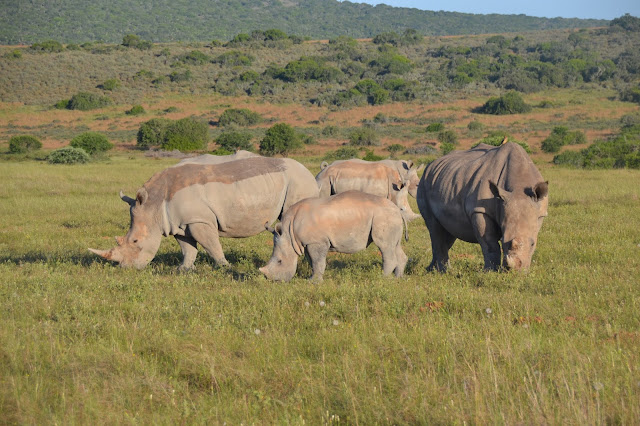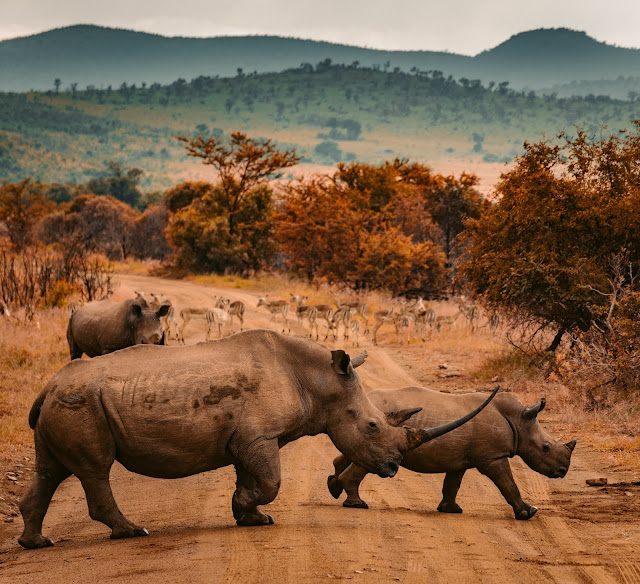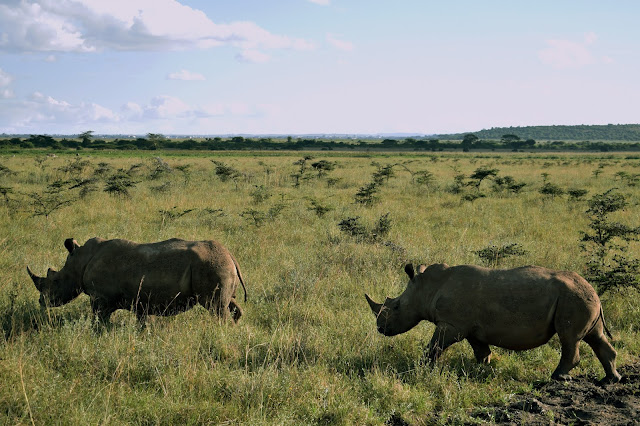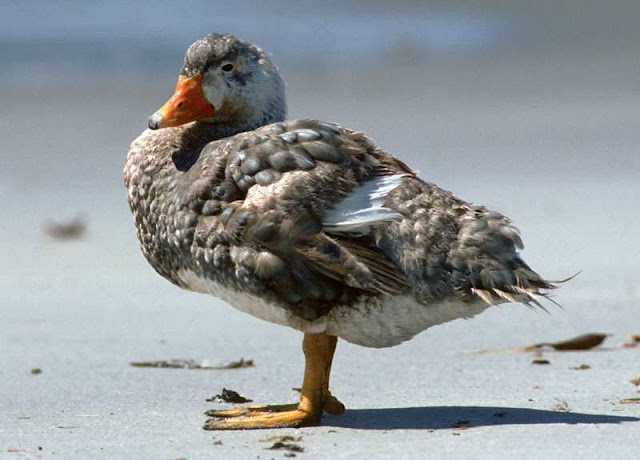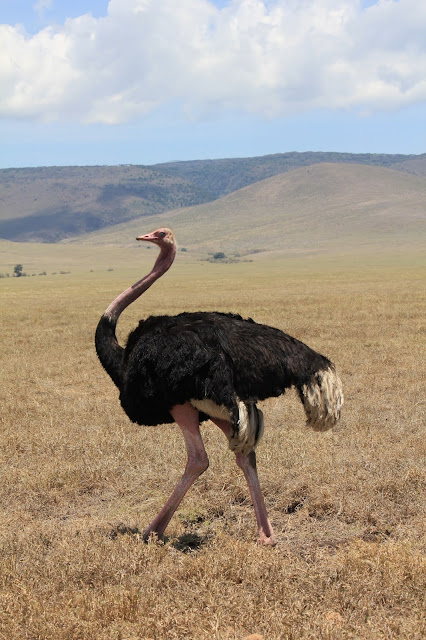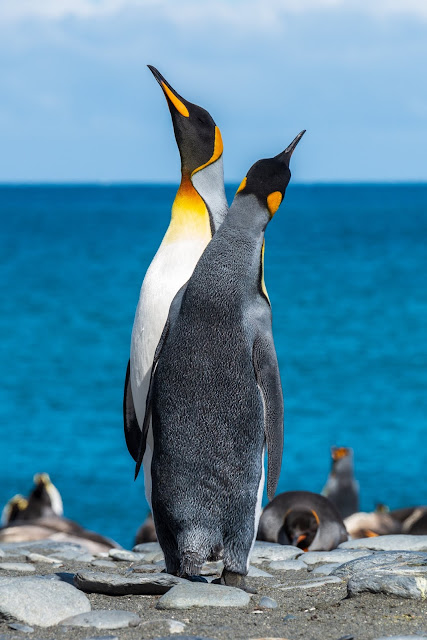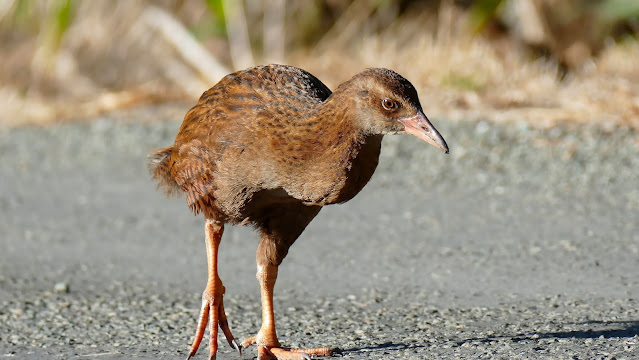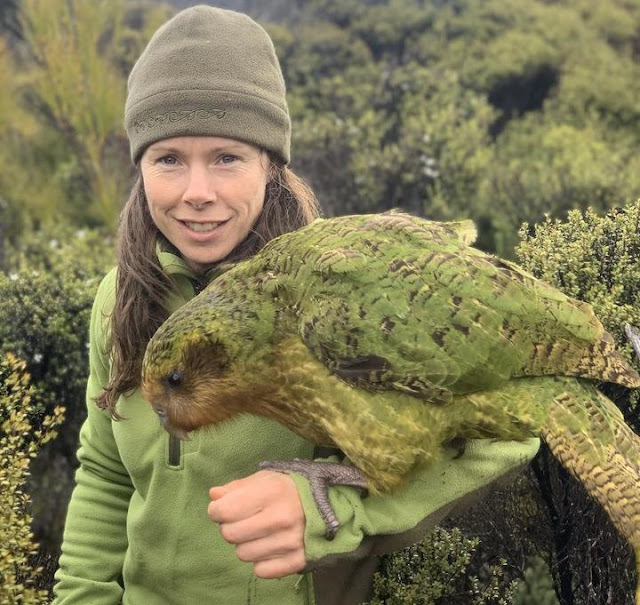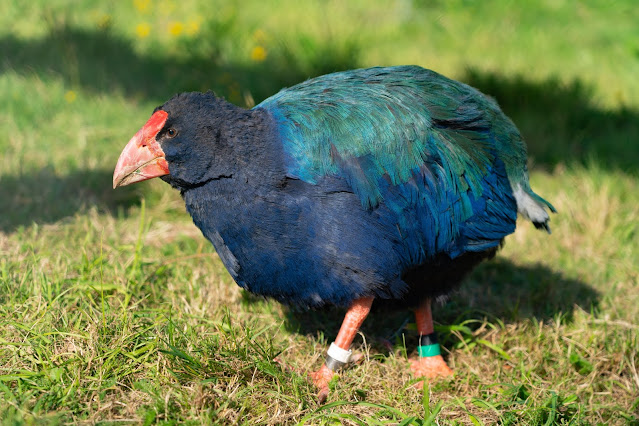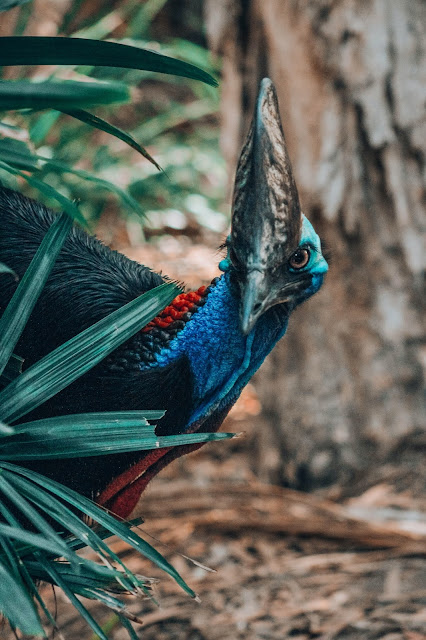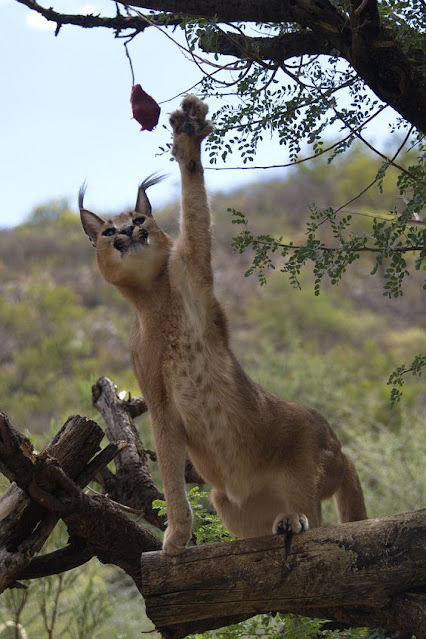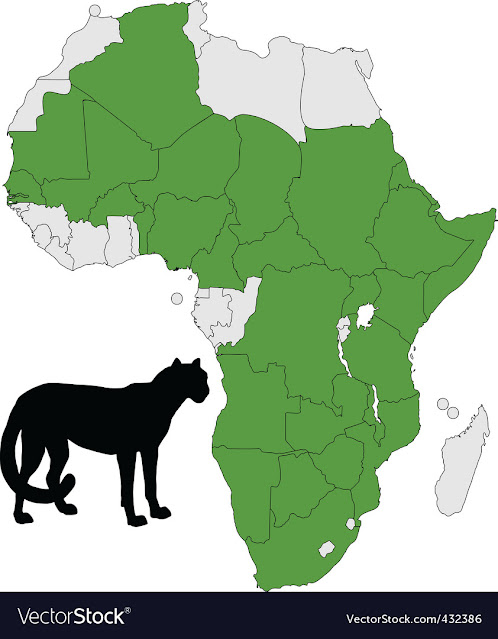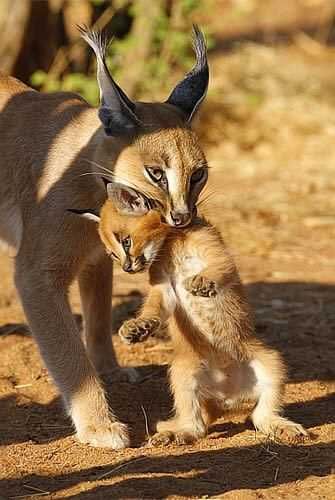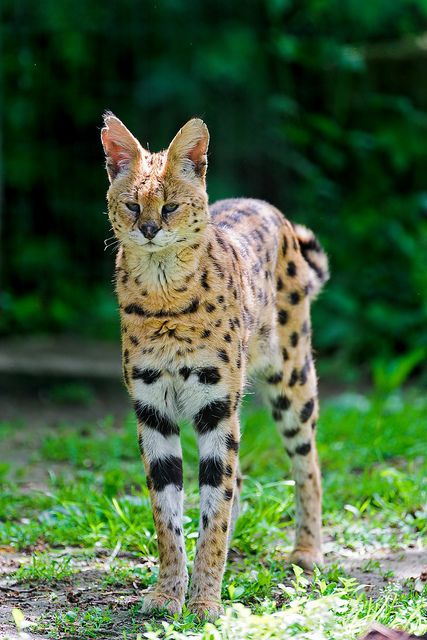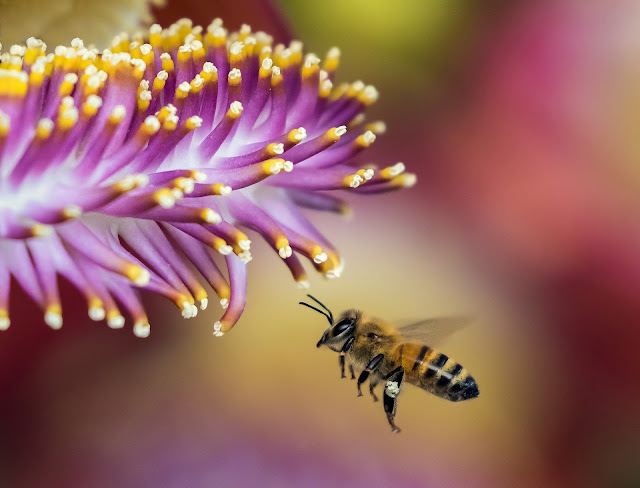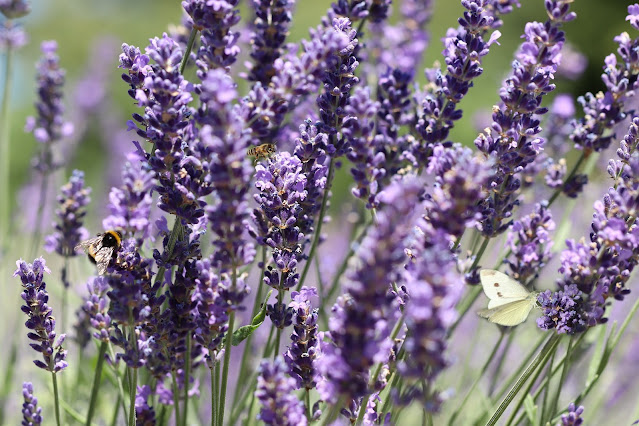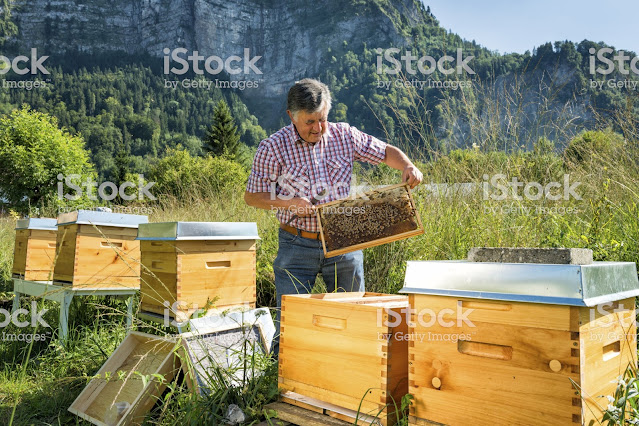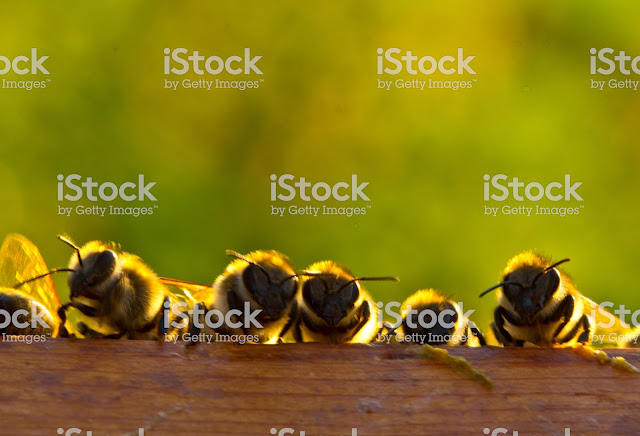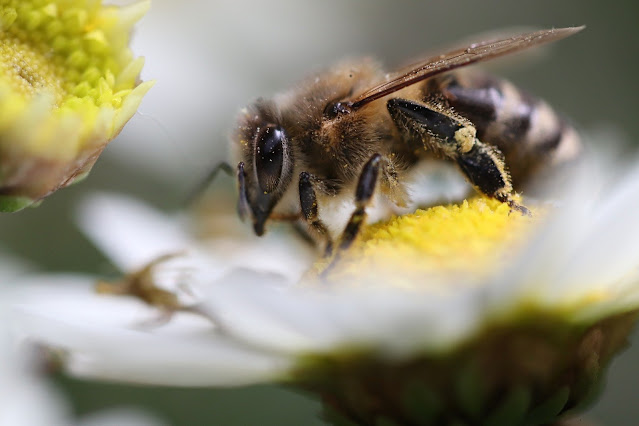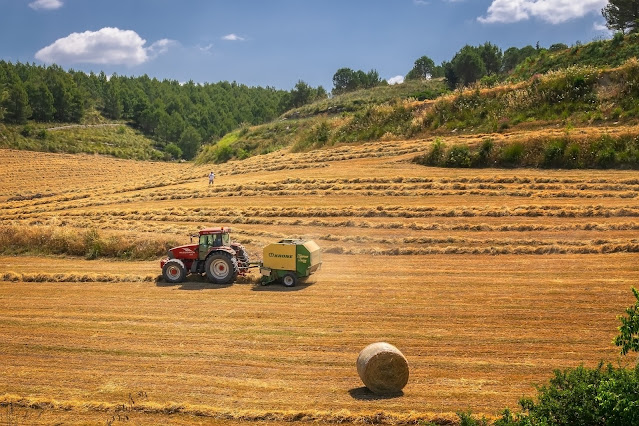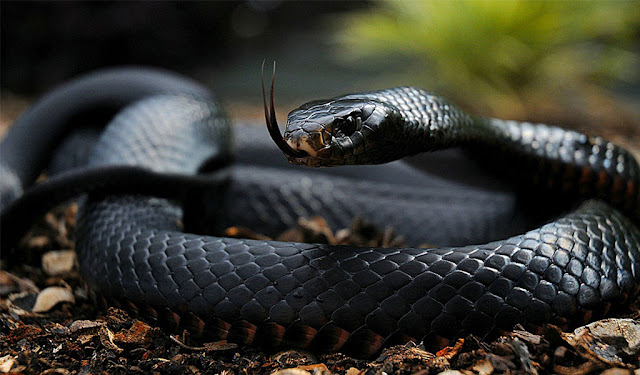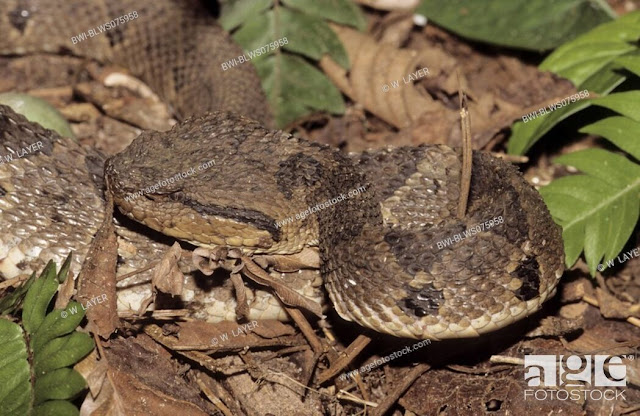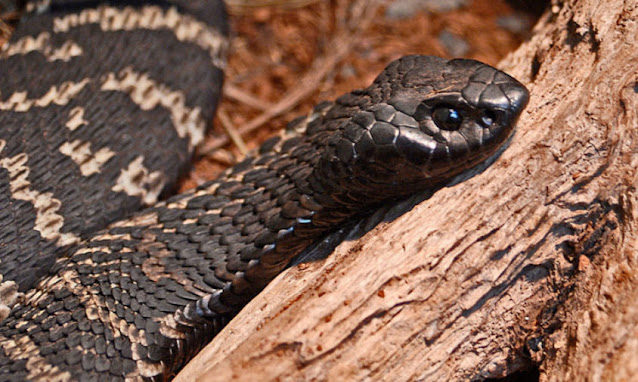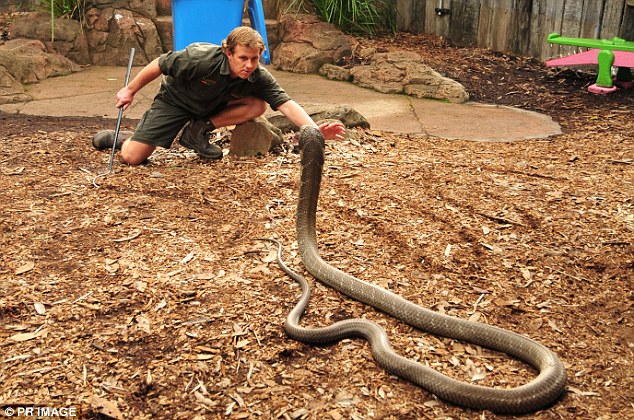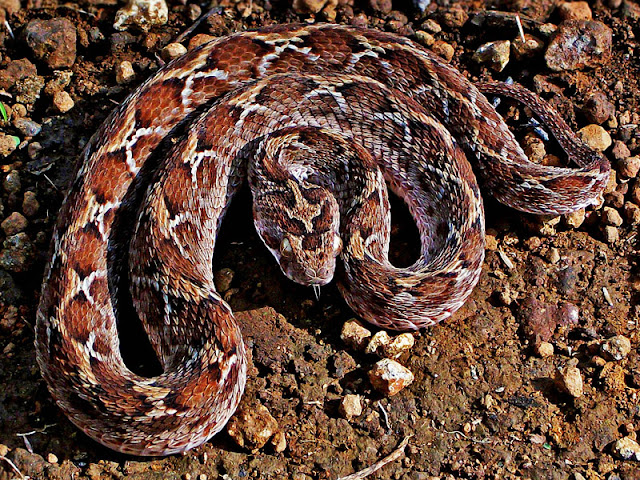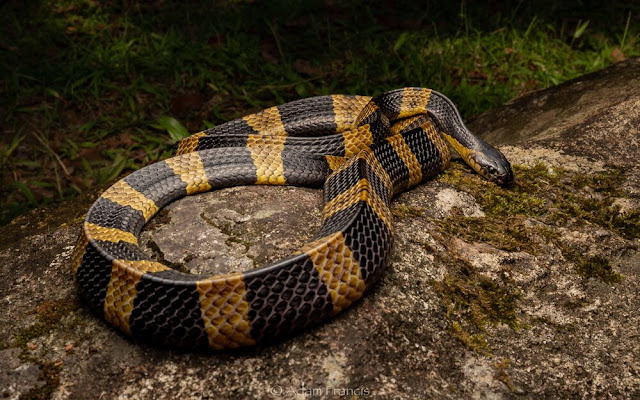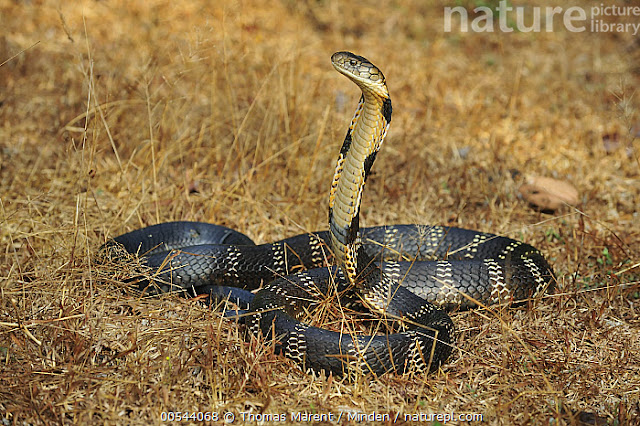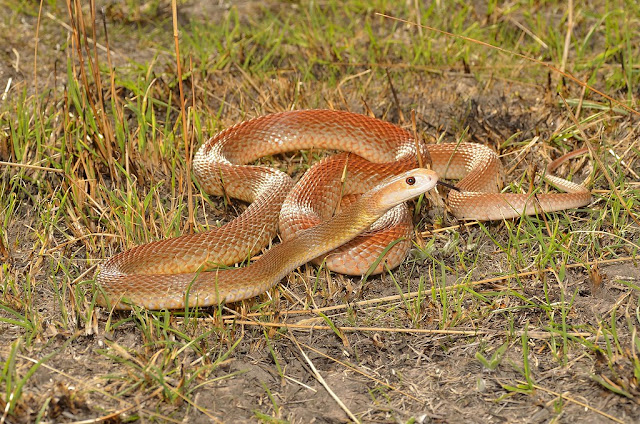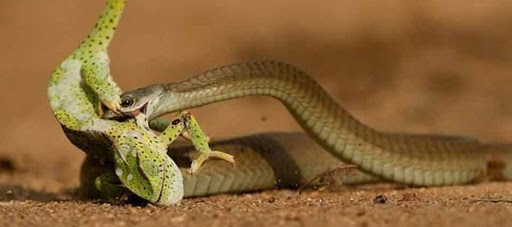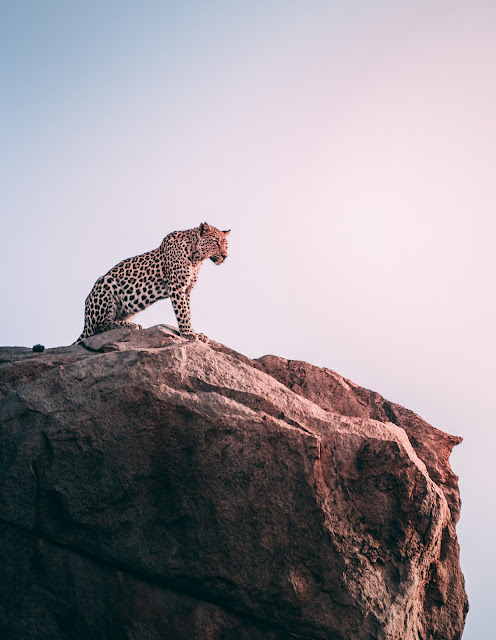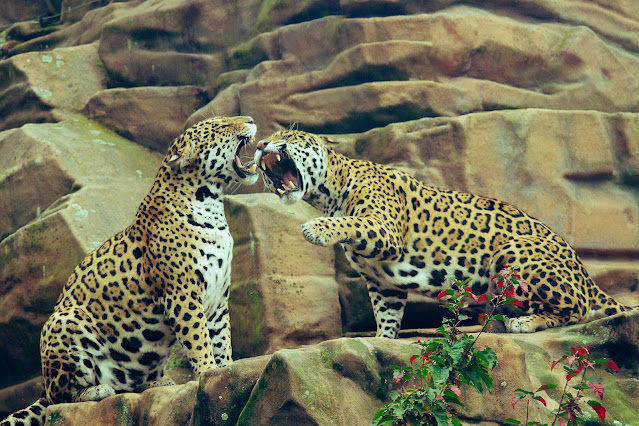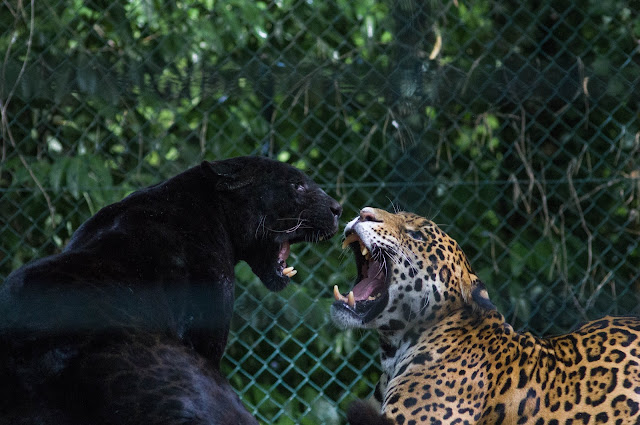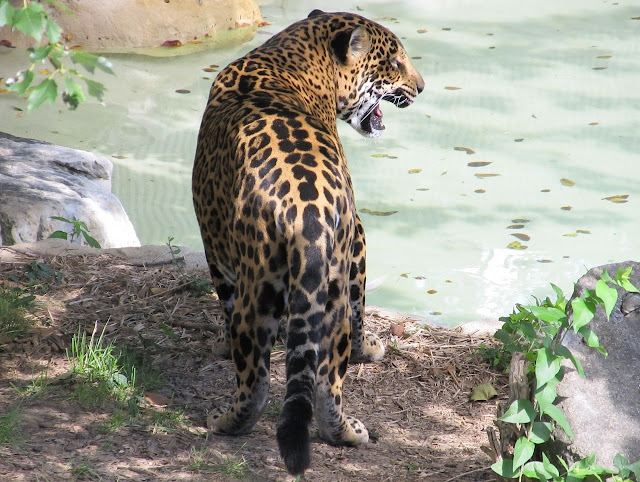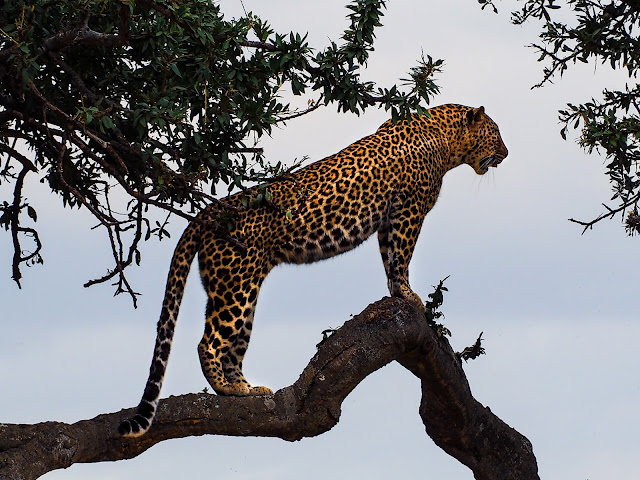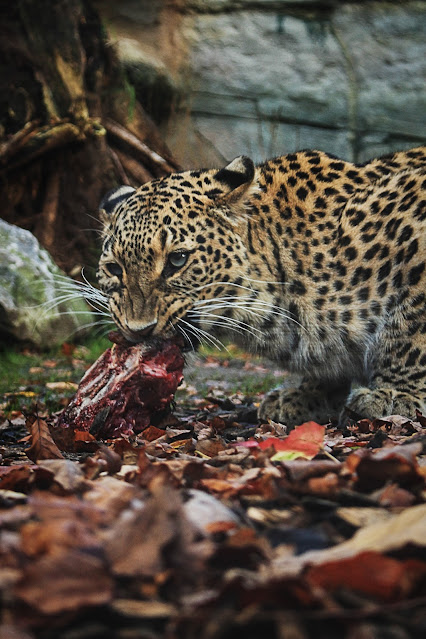It is unusual for wild animals to attack humans, but there have been enough hair-raising events over the years to scare many animals. Whether they are dangerous because they attack humans, can shoot poison into your body, attack you by accident or simply eat anything that moves; These 15 animals are downright dangerous. We have paid close attention to how they can kill, and where to find them. Adventure seekers will find them, others will avoid them in every way; Here are the most dangerous animals in the world and where to find them.Leopard.
Leopards are not only dangerous, sleek, and scary but they are brave and tough. Unlike most animals, which run away and hide when they are injured, leopards actually become tougher and therefore more dangerous. They are fast, vicious, and are known to attack humans more than the midnight snake.
Although they may not like it, leopards are extremely strong, as the video there proves that these incredible creatures drag their prey into the trees. That's another thing about these people, they like to hide their prey, so if you want to be attacked by a leopard, you should not rely on finding someone. They are mostly found through Africa and Asia and live in a wide variety of landscapes.
Fat-tailed Scorpion.
These "human-killers" are actually responsible for several human deaths in a year, an impressive feat considering their size. This scorpion gets its name from its ultra-large tail which has a super-powerful sting that injects its prey with deadly venom. Although these scorpions do not seek humans as prey, they, unfortunately, get very close to humans by hiding in the crevices of stone or brick walls.
This means that humans around the world, including Asia, North Africa, India, Saudi Arabia, and Yemen, are constantly exposed to these deadly bastions. The small, deadly, and hidden rights under your fingers make this creature one of the world's most dangerous.
Komodo Dragon.
The fact that these animals actually have the word "dragon" should be enough to scare someone. Couple that with the fact that this creature will eat absolutely anything, it is a deadly combination. Experts say that wild creatures will not hesitate to kill these creatures and then consume humans. Their bite also causes a strain of bacteria that is highly harmful to both animals and humans.
These people are eccentric hunters and have the patience to wait until they reach their prey. The moment Komodo charges the dragon, he cuts his throat and retreats while the hunt is out. Although the number of human attacks and deaths is small, this may be due to the fact that they only need to eat once a month and their contact with humans is limited. They can be found in the wild on the islands of Gili Motung, Gili Dasami, Rinka, Komodo and Floors.
African Buffalo.
The facts speak for themselves, these giant animals kill more than 200 people a year and are especially dangerous for hunters. The African buffalo has never been domesticated and is certainly not an ancestor of domestic cattle, which makes its unpredictable nature a little more pronounced. These buffaloes often form large herds that give them the advantage of safety in numbers and will protect fellow members at the time of the attack.
These powerful creatures actually have only two hunters, humans and lions. Perhaps they are so dangerous due to the fact that they are part of the "big five" and are sought by hunters as the ultimate trophy. You will find African buffalo in the parks of Sub-Saharan Africa, including Serengeti and Kilimanjaro National Parks in Tanzania, Masai Mara Game Reserve in Kenya, and Kruger National Park in South Africa.
Blue-Ringed Octopus.
This sea creature, small and powerful, is only the size of a golf ball, but do not think that this creature is nothing less than any super dangerous. It actually carries enough venom to kill twenty-six full-grown adults and if you think there is an anecdote; You are kidding yourself. If one of these happens to bite you, it will be just one minute before you become paralyzed and unable to breathe.
Your best bet to survive these bites is to be close to someone who knows CPR because the toxin will eventually be neutralized by your body, as long as someone keeps CPR the entire time. These voracious creatures are mainly found in the tides of the tides and most commonly hover around South Australia and North Western Australia, from Australia to Japan in the Pacific and Indian Oceans.
Hippo.
The Greeks named these giant animals "river horses", but beautiful swimming is common that they have with horses. They hide mostly underwater with their nostrils appearing above the nostrils and eyes above the water. It appears that the giant water plants, however, are absolutely dangerous. They have been known to attack more humans than any other African animal and many times without warning.
Given that they can match the speed of a human on land for a short distance, chances are that if one of these giants sets their place on you, you're a goner. On cooler nights you will see them on the banks of the river and it is time to make sure that you keep your distance. Hippos are found in abundance in countries such as Tanzania and Mozambique in East Africa and tourists can see them from a safe distance in a safari car. Just know that Hippo has been known to attack without warning and has destroyed entire trucks to make his point.
Polar Bear.
They look pretty and fluffy, especially when they are children and videos show them walking in the snow. But don't be fooled, polar bears are, in fact, vicious hunters. Polar bears come with a variety of features that help them in this regard, including the toes of the net for easy walking on the ice, extremely good camouflage, non-retractable claws and huge thorns that allow swimming. Serve as paddles. Their prey mostly consists of seals, although these carnivores will eat just about anything, including humans.
They have no hunters and seem to be afraid of anything or anyone that makes them both dangerous and brave. Polar bears are found throughout the Arctic, Canada to Norway and parts of the US. If you want to see these creatures in action then be sure to join a guided journey where you can stay safe and healthy while experiencing the harsh, beautiful Arctic landscape and its creatures.
Indian Cobra.
It is the most famous of India's venomous snakes, part of a collection of four different species of snakes known as the "Big Four". This collection of snakes is responsible for most snakebite in the country. Snakes often choose to work with snake charmers and the Indian cobra is recognized as a powerful Hindu idol. The venom of this cobra can kill you within an hour, paralyzing your muscles first and then causing cardiac arrest or respiratory failure.
However many dangerous people find these snakes beautiful and you can find them in India, Bangladesh, Sri Lanka, and Pakistan. If they do not come in snake-duck baskets, they will be found in forests, plains, and urban cities, as those dangerous creatures can adapt to any living environment.
Elephant.
African elephants are the largest land mammal on Earth and with their huge ears, clever tights, and grace about them; It is crazy to imagine that they are dangerous. But the truth is that these giant animals can be absolutely vicious and aggressive and are known to walk just above a rhino that is in their path. Elephants are also known to attack and sabotage entire villages.
There is a lot of debate about elephants and their nature because many experts believe that their aggressive behavior leads to severe trauma by humans, including traumatization and hunting. There are many places where you can see these huge animals including 37 sub-Saharan countries including Botswana, The Democratic Republic of Congo, Kenya, and Zambia. On the other hand, Asian elephants are found in Cambodia, Vietnam, India, Sri Lanka, and Thailand; Just to name a few places.
Lion.
It is the largest cat on the continent of Africa and is known to weigh between 120–140 kg, with super-sharp retractable claws and impressive toothed teeth. Although lions are known to attack and kill humans, we are not really their main prey. Targeting humans seems to be a technique that lions use only when they are experiencing disease and are unable to attack their normal prey. These animals are dangerous whether they are hunted alone or in a pack.
Silent Assassins wait for these animals until their prey comes close, charge at it, and end them with a death grip around their throats. These majestic animals can be found in many African game parks including Masai Mara and Krueger National Park. Seeing these animals in person is beyond spectacular, just be sure to listen to your guide at all times and stay in the vehicle!
Thanks for Reading Our Article.






